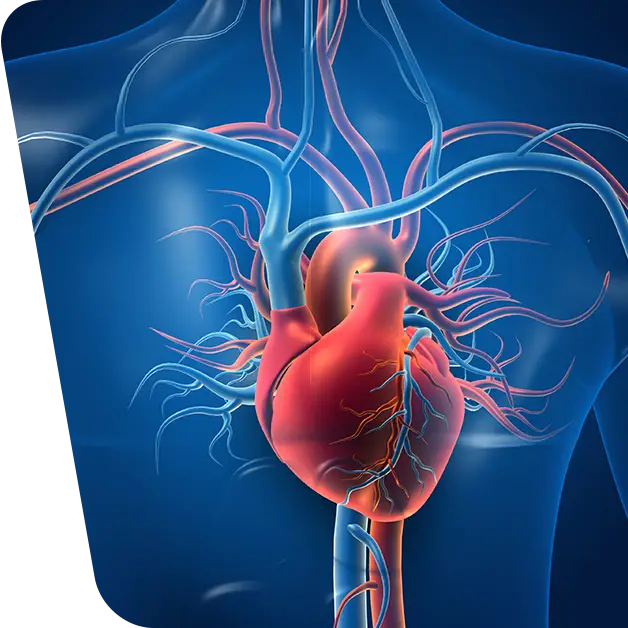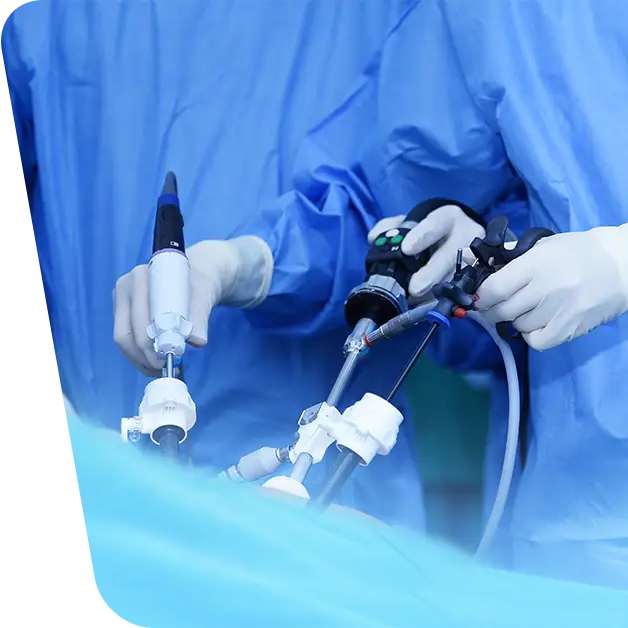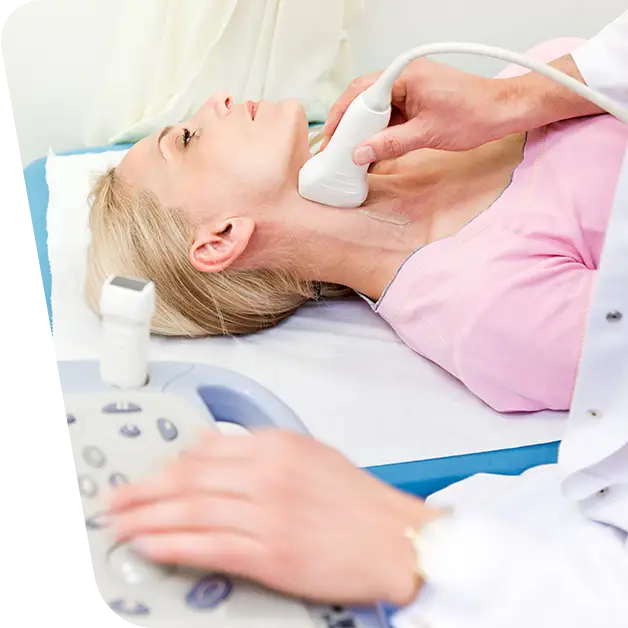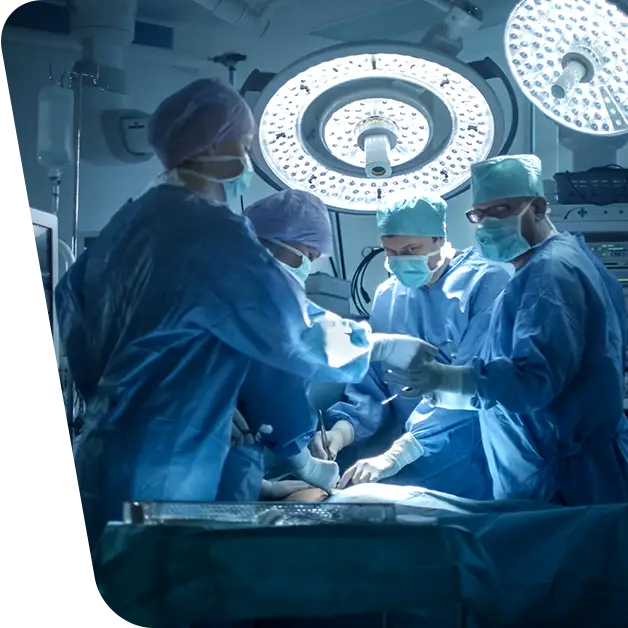Table of contents
ToggleWhat it is
Coronary angiography (also known as cardiac catheterization) is a procedure used to visualize the anatomy of the coronary arteries and any blockages. It is an important diagnostic test for many heart conditions, such as chest pain and heart attack.
Coronary angiography is the only investigation with which the doctor can detect the existence of narrowing of the coronary arteries (stenosis) and its severity, for an accurate diagnosis of coronary artery disease.
When do you need this investigation done?
When one of the following signs appear we recommend to visit a cardiologist:
- Decreased exercise tolerance;
- Precordial pain;
- Shortness of breath;
- Lower limb oedema.
Few indications for taking this investigation are:
- Precordial pain, both on exertion and at rest;
- Abnormalities of cardiac activity;
- An old myocardial infarction in the past;
- Indication for heart surgery.
How is coronary angiography performed?
Coronary angiography is performed in a specialized room – the Interventional Laboratory or shorter, CatLab (cathterism + laboratory) using a device called an angiograph and under local anaesthesia. The procedure takes on average 30 minutes and is generally painless.
The procedure is performed with the patient lying on the angiography table and covered with a sterile field, leaving only the arterial approach area uncovered, where local anaesthesia is performed. The interventional cardiologist then performs a puncture in the radial, femoral or brachial artery, depending on the patient’s anatomical features and vascular pathology. A catheter is inserted through the approach site and advanced to the coronary arteries under radiological control. Inside this catheter a contrast substance is injected, which will highlight the coronary arteries. The images obtained are transmitted in real time to the angiographer’s monitors for analysis by the specialist. The patient is conscious throughout the procedure and communicates with the doctor at all times.
After the operation, the patient will be able to mobilize immediately if he has had a radial puncture, with the indication that the hand remains at rest for 4-6 hours with a compression bracelet. If the puncture was femoral, then the patient must remain absolutely at rest for 12-24 hours, depending on the difficulty of the procedure and the anticoagulant, antiaggregant and under medical supervision.
Procedure related risks
Coronary angiography has minimal risks, usually bruising, light bleeding or hematomas at the puncture site. Rare complications may be caused by the presence of other patient conditions or a possible allergic reaction to the contrast material used during the examination. The allergic risk is mitigated it through a pre-interventional thorough control and blood-tests.
Results classification
The doctor’s conclusion after the coronary angiography guides the optimal therapeutic attitude, so that the patient can benefit as soon as possible from the correct resumption of blood flow through the coronary arteries to the heart muscle:
- If the atheroma plaques are less than 70%, the patient receives medical treatment;
- for those with atheroma plaques of ≥70%, a stent called a stent is fitted by the same method in the Interventional Cardiology Laboratory;
- patients with severe lesions on all coronary arteries or in certain anatomical areas are recommended the classic surgical treatment of coronary artery bypass grafting.
For more information or if you would like a consultation, do not hesitate to contact us.







